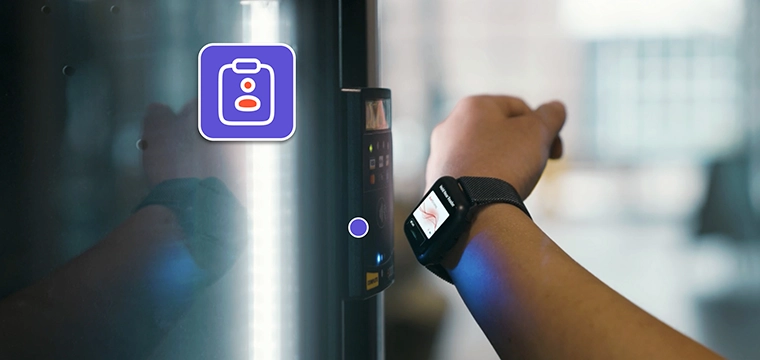
Campus card systems play important role
By: Kent Pawlak, Product Strategy Director, Blackboard Transact
It seems logical that students who do not attend classes will not perform as well in their academic careers. How much learning can take place in the absence of having enough discipline to attend lectures?
Many studies have been conducted to determine the impact of attendance on academic performance in higher education. Most conclude that higher attendance levels are correlated to superior performance. Superior academic success by students is then correlated to retention and persistence.
Student retention is critical for the financial vitality of a college or university. More than 40% of full-time college students fail to graduate within six years. According to Mike Reilly, executive director of the American Association of Collegiate Registrars and Admissions Officers, institutions are under pressure to boost retention rates, and that’s leading to more campus-wide policies about attendance.1
As with academic performance, student attendance in class is also directly linked to student retention. Because attendance data can be one measure of a student’s level of academic engagement, innovative colleges and universities have begun to use this data for predictive purposes. These campuses can monitor attendance and other indicators of student engagement, with intervention processes in place for students who are most at risk of leaving without a degree.
Clearly, tracking attendance can help institutions identify students in danger of underperforming academically, as well as help engage and retain students. But keeping careful attendance records also supports the institution’s compliance with Federal Financial Aid requirements for audits and in the event of a Federal Program Review.
In this era of increased financial scrutiny by federal and state government, colleges and universities are tightening their reporting standards and improving information systems to ensure strict compliance with financial aid requirements. Attendance plays a role in many of these requirements.
Taking attendance manually has proven historically burdensome and frustrating for faculty members and administrators. At many universities, the discretion for taking attendance is left up to individual departments or even individual professors. The administration may encourage attendance taking, but not mandate it. This flexibility in policy results in confusion in a number of ways:
The most common complaint from faculty is that taking attendance is time-consuming and a hassle. Some universities have attendance systems that enable a faculty member to check in students on a laptop, or print out a student roster to pass around and then later input the information into the attendance system. Both are active processes that must be heavily managed by the professor.
If a manual method is used for taking attendance, the professor must further ensure that records are complete, valid and properly maintained or delivered to the registrar in the likely event a question arises about attendance in relation to withdrawals or grades. If faculty members take attendance on paper, there is the additional complexity of centralizing and retrieving manual attendance records for use in financial aid compliance or in the event of an audit.
Many colleges and universities would benefit from an automated attendance system to make monitoring attendance as easy as possible for faculty and students. Systems should be evaluated based on ease of use, as well as the availability of this information to the enterprise. This will ensure student retention specialists can use this information for predicting at-risk students and that the institution can execute early intervention strategies or ensure financial aid administrators have up-to-date information to manage compliance.




